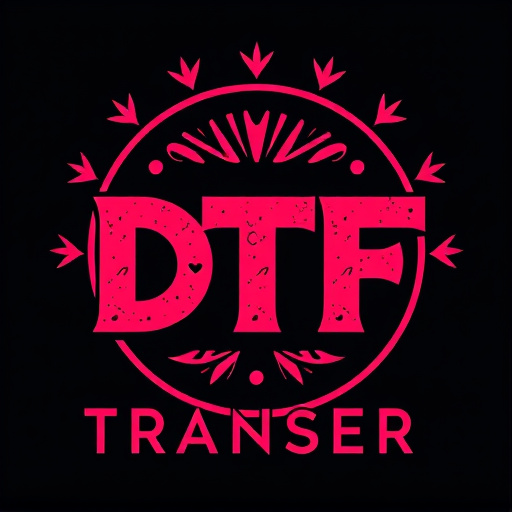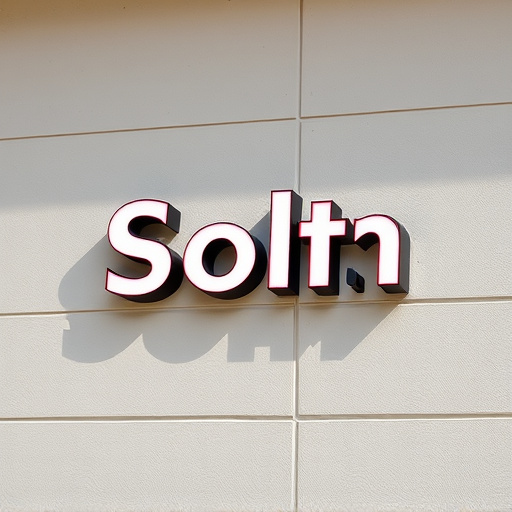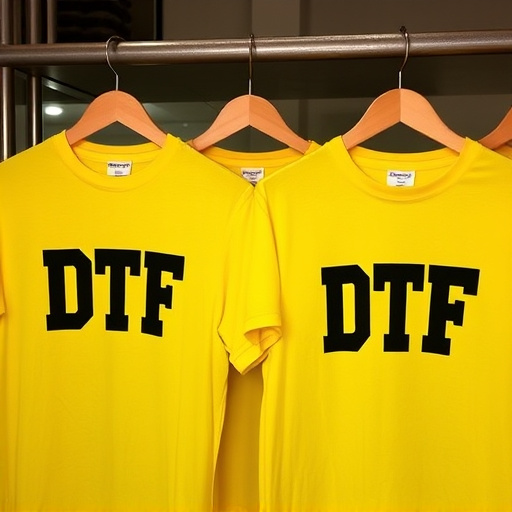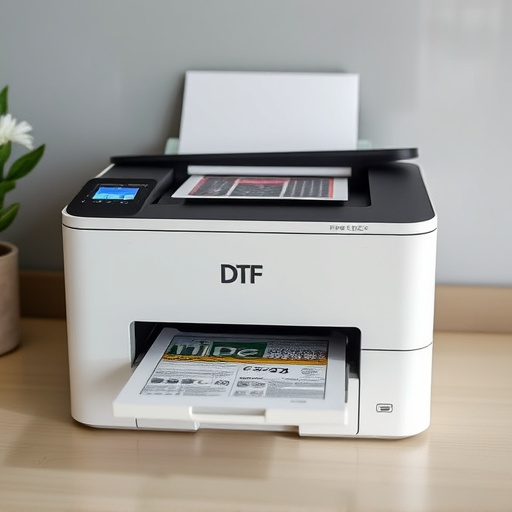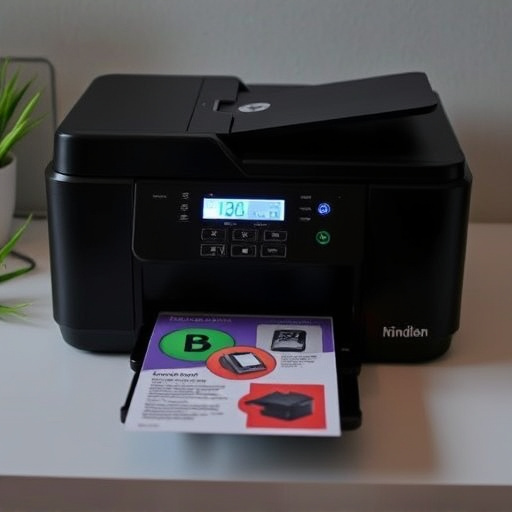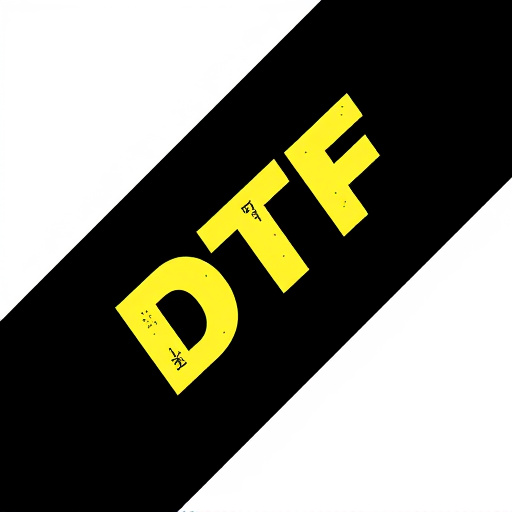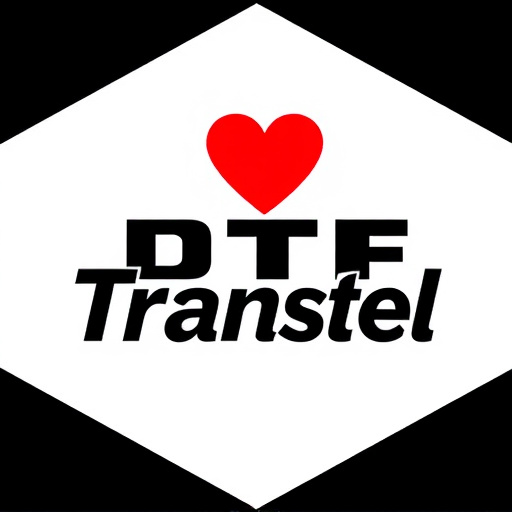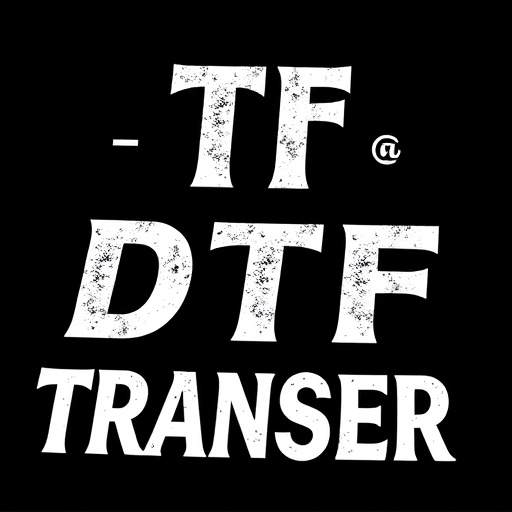High Quality DTF Transfers offer a revolutionary printing method with precision, eco-friendliness, and versatility. Using specialized inks and films, it ensures vibrant color reproduction and intricate design details on diverse materials. This sustainable alternative minimizes environmental impact by replacing toxic chemicals with plant-based or recycled non-toxic inks and biodegradable/recyclable films, meeting consumer demands for eco-friendly products in industries like custom t-shirt printing. Businesses can reduce their environmental footprint and save costs by adopting water-based eco-friendly DTF transfers, offering long-lasting print quality while minimizing waste.
High Quality DTF Transfers are transforming the printing industry with their precision and efficiency. This article delves into the world of DTF (Direct to Film) transfers, focusing on the environmental considerations behind ink and film choices. We explore how eco-friendly options not only benefit the planet but also enhance print quality. By understanding the impact of these materials, businesses and individuals can make informed decisions, ensuring their High Quality DTF Transfers contribute to a greener future.
- Understanding DTF Transfers: The Basics
- The Environmental Impact of Inks and Films
- Benefits of Eco-Friendly DTF Choices
Understanding DTF Transfers: The Basics

DTF transfers, or Direct-to-Film Transfers, are a cutting-edge printing technique that offers high quality and eco-friendly solutions for various applications. This process involves transferring digital images directly onto specific materials, like fabric or plastic, using specialized inks and films. By eliminating the need for intermediate steps, DTF printers ensure precise color reproduction and detailed designs.
The simplicity of this method lies in its ability to print on a wide range of surfaces without requiring complex setup or finishing processes. DTF printers use advanced technology to bond durable ink directly onto the chosen material, resulting in vibrant prints that are both long-lasting and environmentally friendly. This makes high-quality DTF transfers a preferred choice for businesses and individuals seeking sustainable printing alternatives, especially with the growing demand for eco-conscious practices.
The Environmental Impact of Inks and Films

The choice of inks and films in high-quality DTF (Direct to Fabric) transfers plays a significant role in minimizing the environmental footprint of custom t-shirt printing. Traditional printing methods often rely on toxic inks and harsh chemical treatments, contributing to air and water pollution. In contrast, eco-friendly options use plant-based or recycled inks that are non-toxic, reducing the adverse effects on ecosystems and human health.
Moreover, selecting films made from sustainable materials is another crucial step in creating greener DTF prints. Biodegradable or recyclable film options help to mitigate waste ending up in landfills. This shift towards eco-conscious materials not only benefits the planet but also aligns with consumer demands for more responsible products, especially among those interested in custom t-shirts and DTF meaning.
Benefits of Eco-Friendly DTF Choices

The decision to opt for eco-friendly inks and films in Direct-to-Film (DTF) transfers offers a plethora of advantages for businesses and individuals alike, all while contributing to a greener planet. One of the primary benefits is the reduction of environmental impact. Traditional printing methods often rely on toxic chemicals and non-biodegradable materials, whereas eco-friendly options minimize these harms by utilizing water-based inks and films made from sustainable resources. This shift not only reduces pollution but also ensures safer production processes, making them ideal for high-quality DTF transfers.
Furthermore, embracing eco-friendly DTF practices can lead to significant cost savings in the long run. While initial investments in sustainable materials might be higher, they offer long-lasting durability and vibrancy in prints, reducing waste and the need for frequent reprints. This is particularly advantageous for bulk DFT shirt production, where consistent quality and reduced material wastage are essential for maintaining profitability and meeting market demands.
High Quality DTF transfers, by incorporating eco-friendly inks and films, offer a sustainable solution without compromising visual appeal. By choosing these options, businesses can reduce their environmental impact while still providing vibrant, durable prints. This shift towards greener practices is not only beneficial for the planet but also enhances brand reputation in today’s conscious consumer market.






